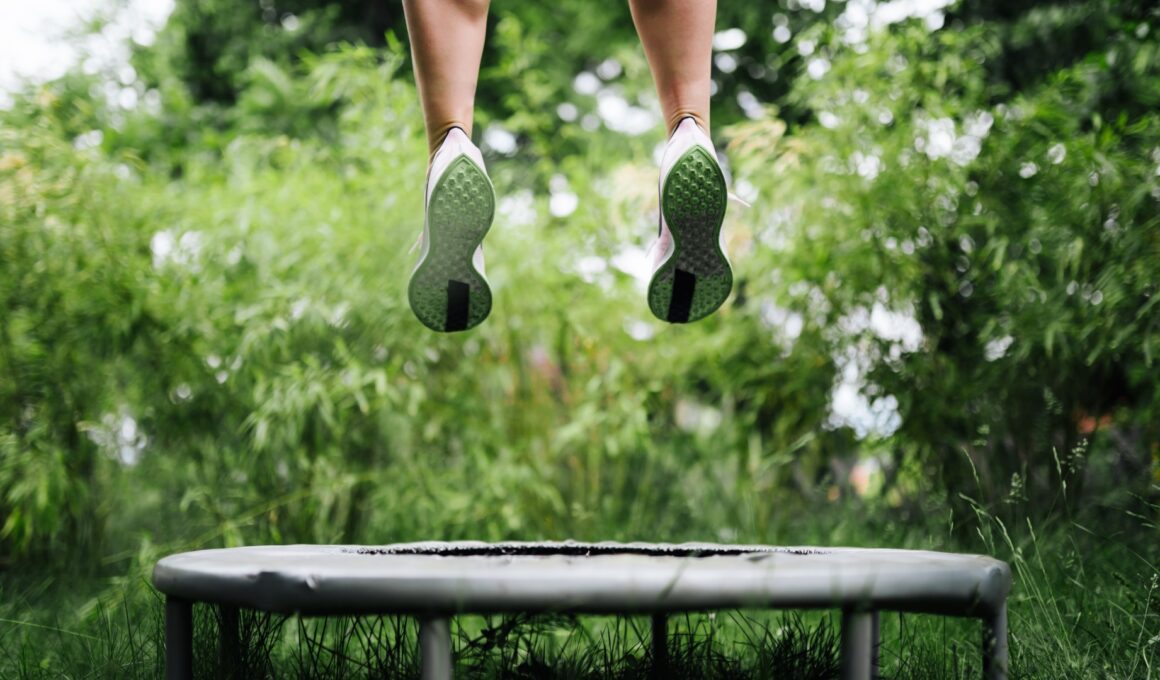Most times when one thinks of children happily jumping on trampolines, it’s understood that they’re enjoying themselves as recreation. But did you know that trampolines are a valuable tool for therapy for children with autism and sensory integration disorders as well?
Often these children have deficiencies in their vestibular and proprioceptive sensory systems. The vestibular sense is very important for the perception of movement in the body, and is routed through the stimulation of the inner ear as the head’s position is changed. The proprioceptive sense is the perception of movement in the body as communicated through the ligaments, joints and muscles. Those with normal sensory input process these two senses smoothly; those with autism and sensory orders do not. This explains why some children with autism seem to walk oddly, because they cannot understand the input they receive through their bodies’ contact with the floor and other movement.
Occupational therapists and parents turn to a number of treatments for this condition, and one of them is the use of a trampoline. The repetitive stimulation of bouncing into a rebounding surface helps teach the body over a period of time how to read those impulses it has not been able to interpret. Many autistic support classrooms have small indoor trampolines available for students to use throughout the day as well. In addition to the physical therapy benefits, the trampoline can be incorporated into lessons by teachers in many ways, such as learning to count bounces by 1s, 2s, 5s or 10s, following directions to perform certain activities, such as jump, sit, jump patterns, or even as a reward for good behavior. The rhythmic stimulus soothes the students, helping them learn to realign their sensory systems.
The advantage of the indoor trampoline is obviously the ease of storage and use in the average family home or classroom, the ability to use it year-round in winter climates, and the fact that the child can’t fall far. Repeated use builds lower body strength and learning to balance. Children can jump, sit or run on the trampoline to vary their activity. Trampoline use should always be supervised by an adult.
Outdoor trampolines are similarly good therapy for older children with autism and sensory disorders. Proper safety precautions should be used, such as shock-absorbing frame pads that cover the springs and frame, and some sort of enclosure to prevent the child from jumping or falling off. Place the trampoline somewhere in the yard where there is a cleared area away from other structures, trees or concrete, and if possible, place the surface of the trampoline at ground level by digging a pit to place it in. Very importantly, the child shouldn’t jump with anyone else on the trampoline. When using a full-sized trampoline, there should be adults and other spotters to keep children safe.





Good
I tutor kids and use a full size trampoline to teach balance, coordination, using trampoline skills to help with their focus.